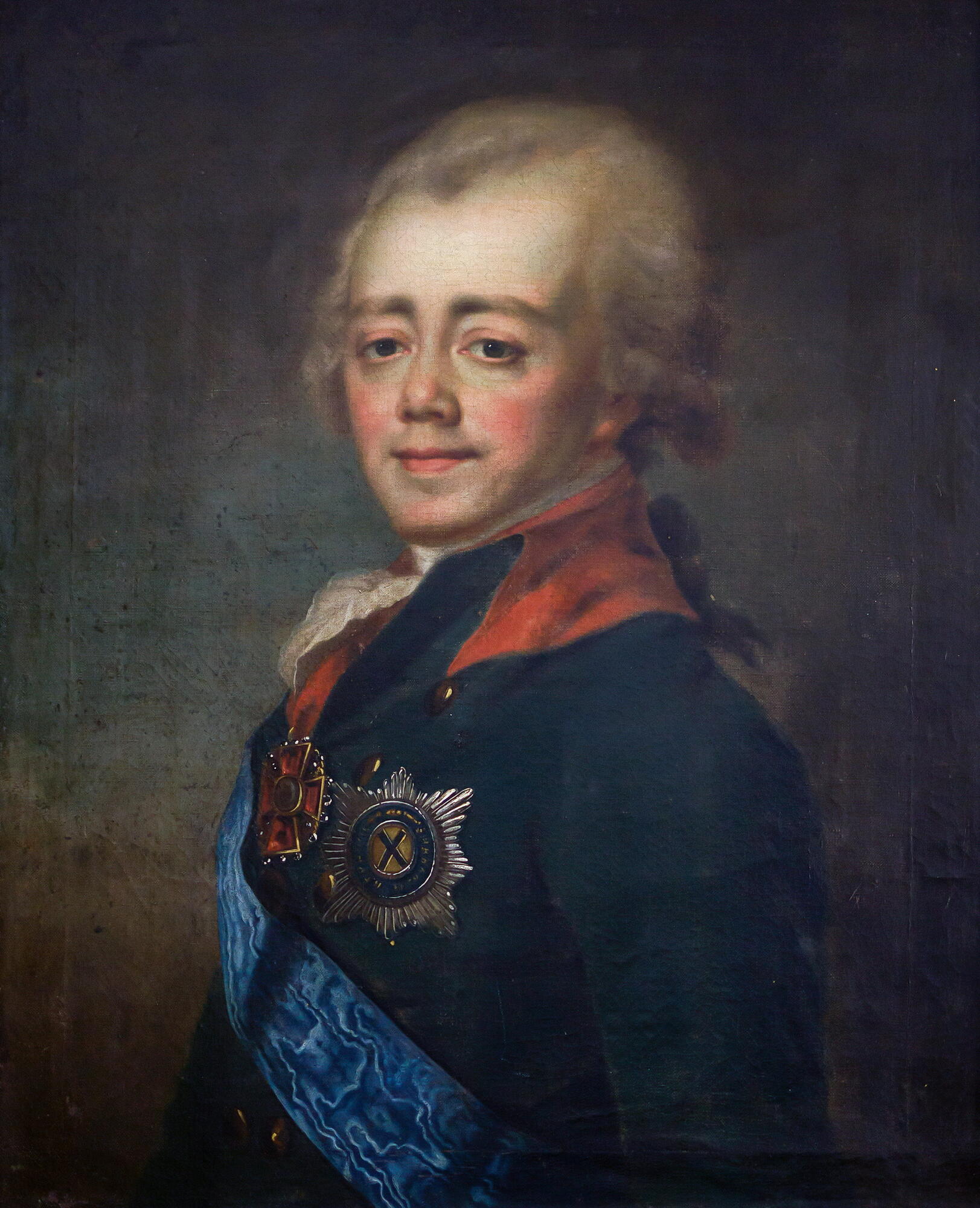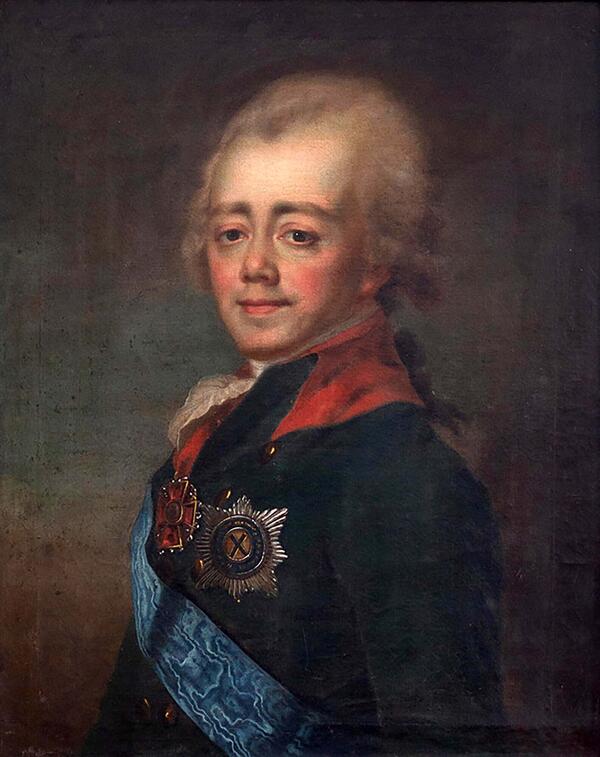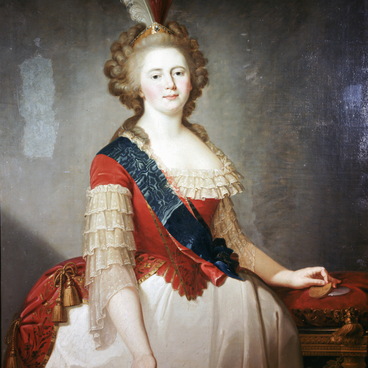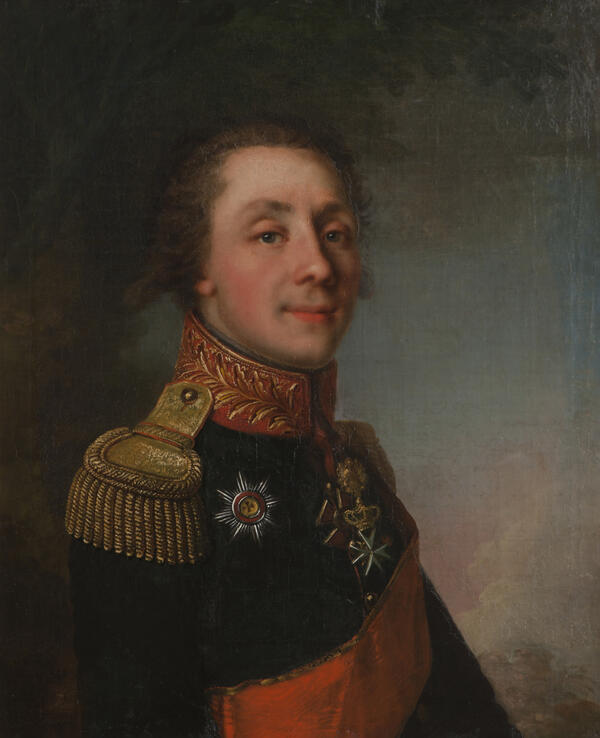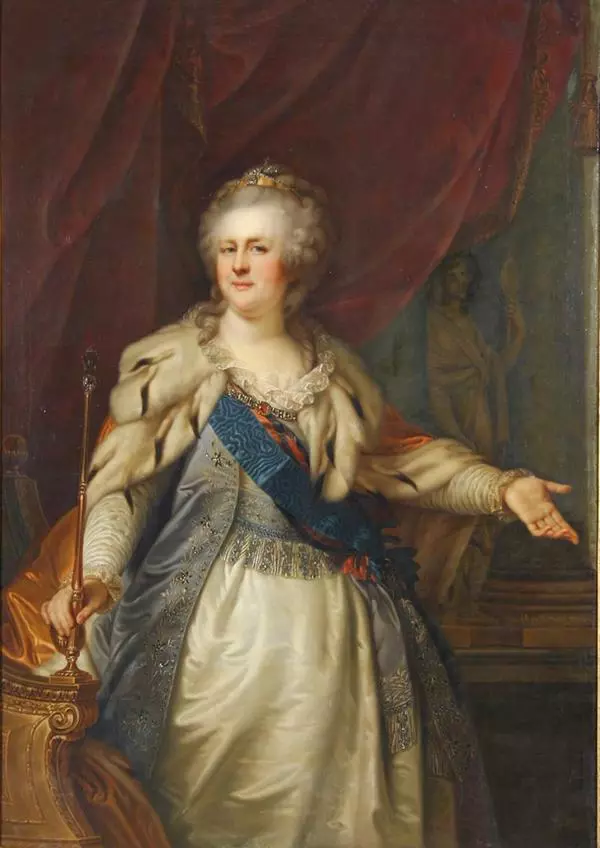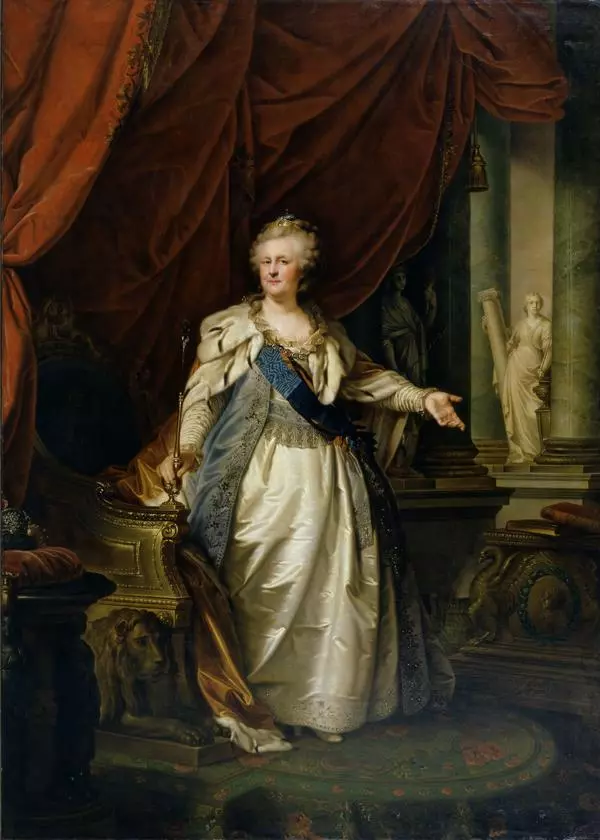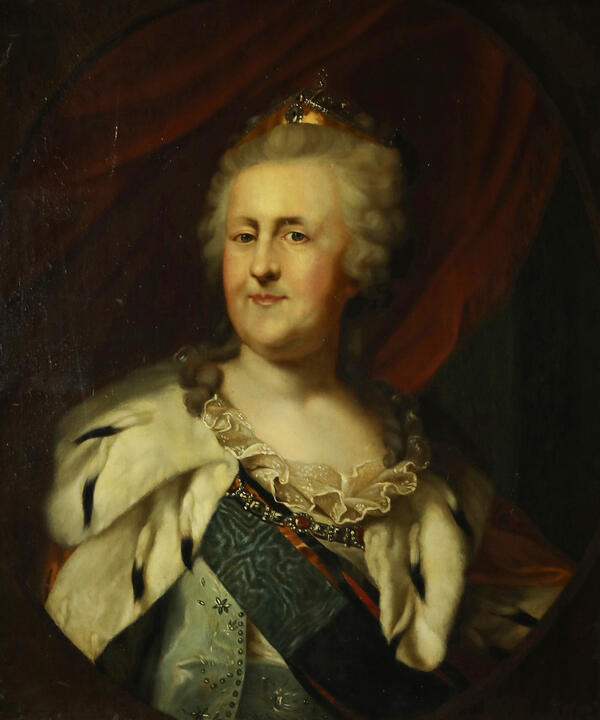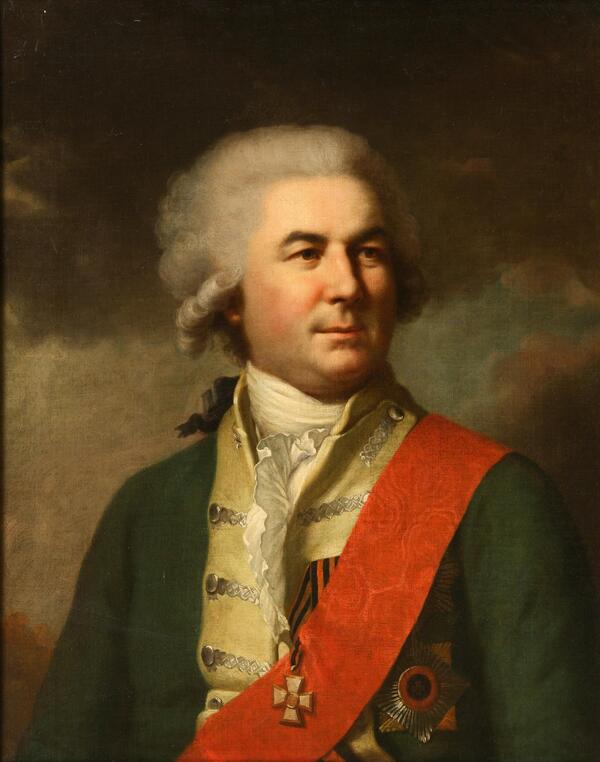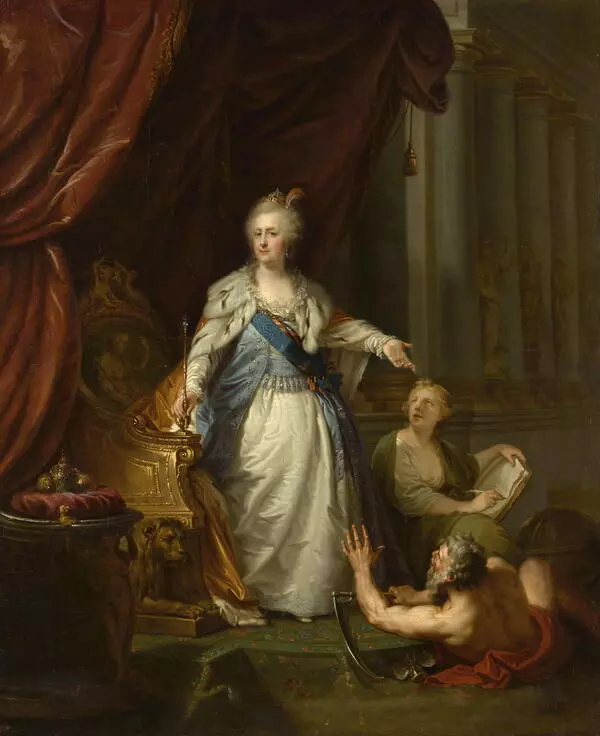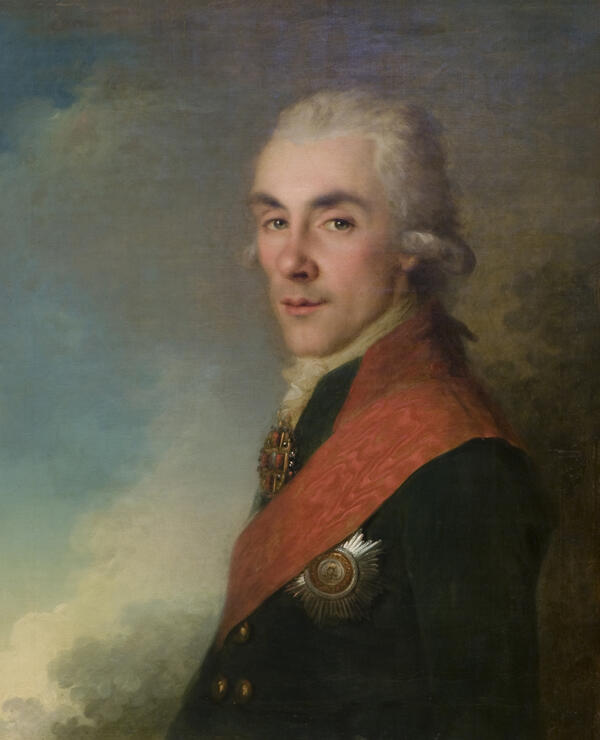Emperor Paul I was a mystical and controversial figure on the Russian throne. Before his birth and after his death, his fate was the subject of discussion and rumors. Paul I was the knight of the Order of Malta, the great-grandson of Peter the Great, and a father of ten children. In less than five years of his reign, he managed to carry out military and church reforms and change the laws of succession to the throne. Contemporaries wrote that he was “the ugliest man in the empire”. Numerous descriptions of Emperor Paul’s appearance and dozens of his portraits by Russian and European painters have been preserved. One of them is the “Portrait of Paul the First” by Johann Baptist Lampi the Elder; the portrait was painted on the eve of the emperor’s coronation.
Johann Baptist Lampi the Elder was an Austrian painter, graphic artist and miniaturist. He was invited to Russia by Catherine the Great and stayed at the court for five years. In Saint Petersburg, he painted the ceremonial portraits of Alexander I, Prince Nikolay Yusupov, Prince Grigory Potemkin and many others. The full-length portrait of Catherine II brought Lampi the Elder a solid monetary reward and a monthly salary. The artist became an honorary free member of the Imperial Academy of Arts: he taught Russian painters and compiled “The Essay on the Rules and Status of the Imperial Academy of Arts.” The artist deliberately embellished the appearance of his models, but sought to preserve the likeness.
The “Portrait of Paul I” was probably the last work of Lampi the Elder in Russia. Paul I ordered to stop paying the state allowance to the artist and he had to return to Vienna. Lampi the Elder remained devoted to painting and managed to pass his skill on to his descendants. His son, Johann Baptist Lampi the Younger, inherited his father’s art workshop in Vienna and continued his work.
The paintings by Johann Baptist Lampi the Elder are housed in many museum collections in Europe, including the Tretyakov Gallery, the Hermitage, the Russian Museum, the National Museum in Warsaw, and the Academy of Fine Arts in Vienna. According to the art historian Erich Hollerbach, Lampi the Elder was able to “capture in a generalized manner the type of his contemporaries, the collective face of the Russian aristocracy during Catherine’s reign.”
Johann Baptist Lampi the Elder was an Austrian painter, graphic artist and miniaturist. He was invited to Russia by Catherine the Great and stayed at the court for five years. In Saint Petersburg, he painted the ceremonial portraits of Alexander I, Prince Nikolay Yusupov, Prince Grigory Potemkin and many others. The full-length portrait of Catherine II brought Lampi the Elder a solid monetary reward and a monthly salary. The artist became an honorary free member of the Imperial Academy of Arts: he taught Russian painters and compiled “The Essay on the Rules and Status of the Imperial Academy of Arts.” The artist deliberately embellished the appearance of his models, but sought to preserve the likeness.
The “Portrait of Paul I” was probably the last work of Lampi the Elder in Russia. Paul I ordered to stop paying the state allowance to the artist and he had to return to Vienna. Lampi the Elder remained devoted to painting and managed to pass his skill on to his descendants. His son, Johann Baptist Lampi the Younger, inherited his father’s art workshop in Vienna and continued his work.
The paintings by Johann Baptist Lampi the Elder are housed in many museum collections in Europe, including the Tretyakov Gallery, the Hermitage, the Russian Museum, the National Museum in Warsaw, and the Academy of Fine Arts in Vienna. According to the art historian Erich Hollerbach, Lampi the Elder was able to “capture in a generalized manner the type of his contemporaries, the collective face of the Russian aristocracy during Catherine’s reign.”
